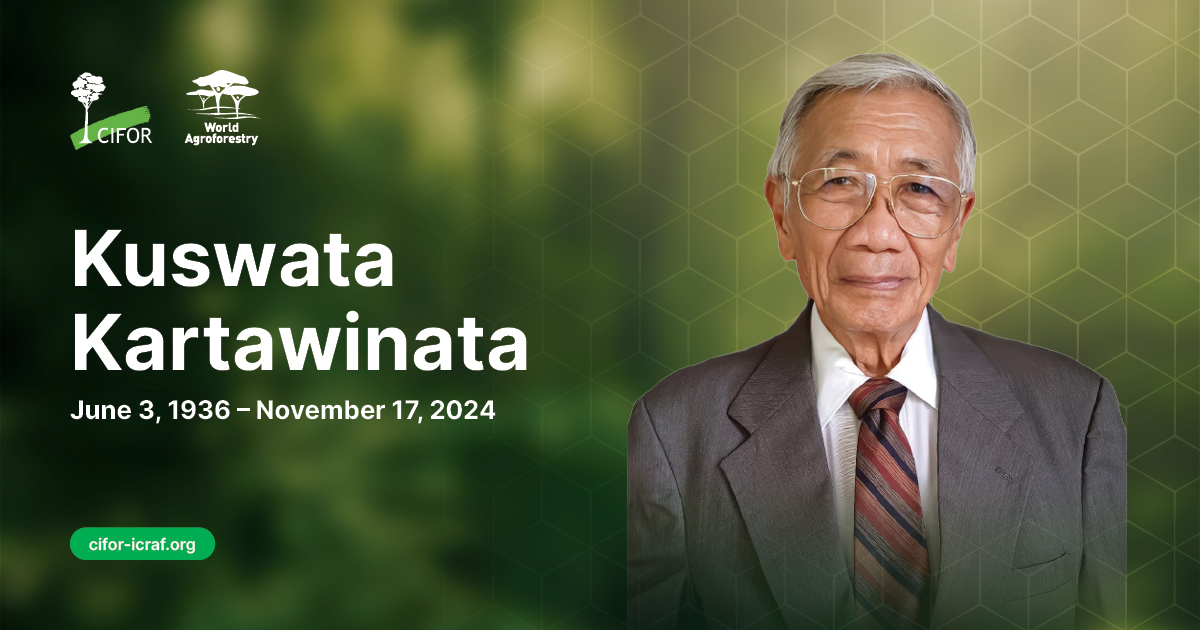Coffee agroforestry is a conservation strategy that has shown promise to support the diversity of bird, bat, and insect communities, but few studies have focused on non-volant mammals in coffee farms. We assessed mammal diversity within coffee agroforestry systems in Kodagu, India and investigated the impacts of the non-native shade tree species, Grevillea robusta, on mammal diversity. Twenty farms, with varying amounts of G. robusta planted within the coffee farm, were sampled throughout three rainfall zones during the 4-month study period. We captured six species of small mammals, with indirect methods yielding an additional five species, totaling 11 mammal species. Contrary to current ecological thought, we found that increased amounts of G. robusta did not have a negative impact on either abundance or richness of mammals. Small mammal abundances were higher at farms with greater amounts of herbaceous ground cover and larger, mature shade trees, while small mammal species richness was found to increase with an increase in tree species richness as well as greater amounts of herbaceous ground cover. Additionally, small mammal abundance was higher at coffee farms closer to forested areas. Based on these findings, we suggest the maintenance or cultivation of shade tree richness, mature shade trees, and herbaceous ground cover within coffee farms and preservation of forested areas within the landscape to enhance coffee agroforestry habitat for non-volant mammals. We hope that these habitat requirements will be incorporated into conservation strategies for the promotion of biodiversity within coffee agroforestry systems.
DOI:
https://doi.org/10.1007/s10457-013-9664-3
Altmetric score:
Dimensions Citation Count:























